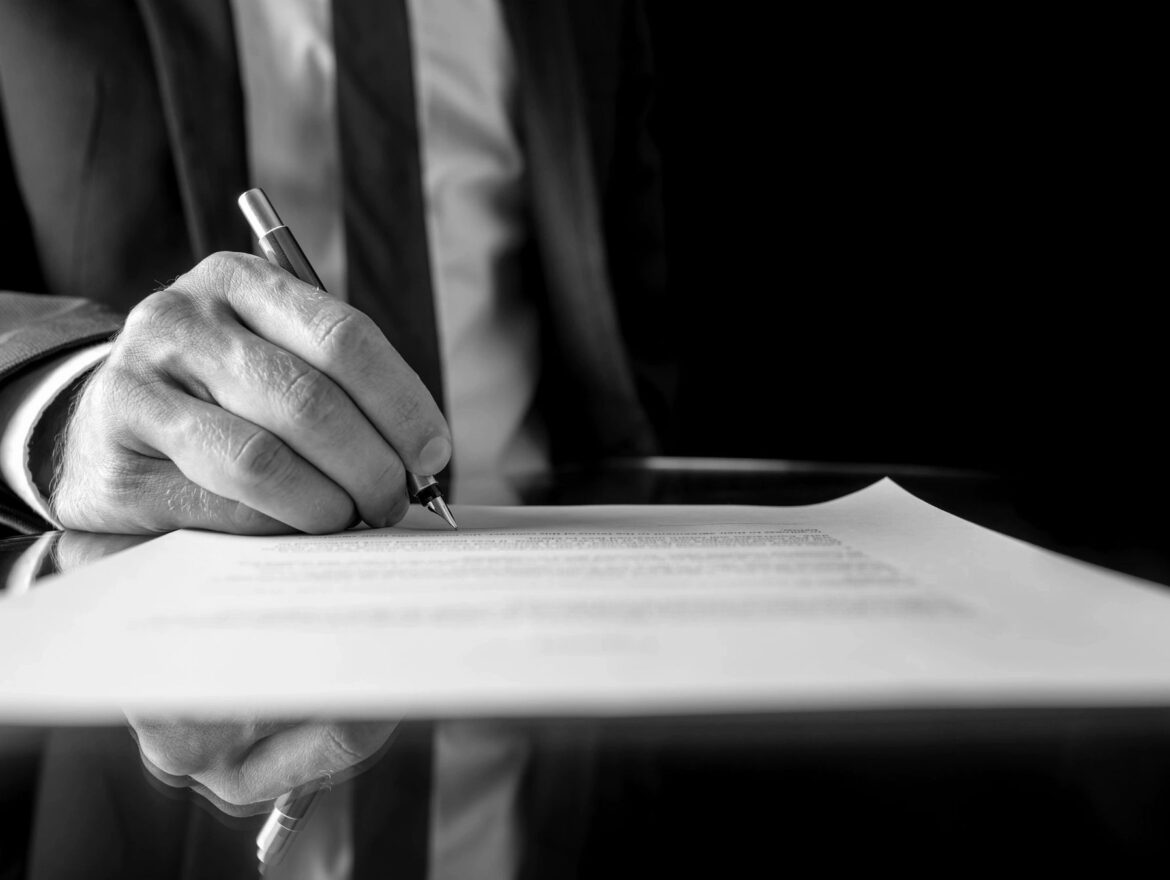With the emergence of the novel COVID-19 pandemic, there will likely also be a surge of legal malpractice claims in the future according to insurance broker Ames & Gough; the survey results of its 10th annual survey of lawyer’s professional liability claims indicates that the number of legal malpractice claims are only going to continue to rise, especially due to the pandemic. And, “[i]f the past is any indication of the future, the COVID-19 pandemic may result in an increased number of legal malpractice claims, like the aftermath of the 2008 Great Recession. Indeed, historically, economic pressure have led to a greater number of claims against lawyers as clients look to ‘point fingers’ for commercial or other setbacks—whether warranted or not.”[1] I.e., clients will inevitably point fingers at their attorneys when things do not go as planned.
Courts across the nation and lawyers alike are facing unprecedented decisions about how to continue to serve justice as the COVID-19 pandemic continues.[2] It follows that this is certainly a time of immense uncertainty for the legal profession because, “As lawyers, we find comfort in the written word. We look to statutes and court cases for guidance. We look to Westlaw and the published work of our fellow lawyers to help us advise clients on the law and best practices. However, with the speed of the new COVID-19 laws, new regulations and changing guidance on almost a daily basis, it has been a struggle to see the correct path to proceed forward.”[3] So—how are attorneys supposed to navigate this uncertain time, and eventually a post-pandemic future with little-to-no precedent to adhere to?
Firms must be mindful of risk management: keep close track of all matters that are handled during COVID-19, pay attention to deadlines, and keep an open and transparent line of communication with clients. In communicating with clients, admit what you do not know—clients will be looking for answers that lawyers don’t necessarily have, “when providing advice, inform clients that courts may eventually weigh in, and those rulings are impossible to predict in advance.”[4]
Additionally, firms must invest in technology in order to navigate this uncertain climate, because this will aid in reducing the likelihood of a malpractice suit (think virtual appearances, zoom meetings, and staying on top of other developments).[5] Taking the time and effort to adjust to these new challenges that COVID-19 has resulted in is of the utmost importance in the legal profession because, “Unfamiliar territory is inherently difficult to navigate, and without adequate forethought and extra care, it can become a breeding ground for costly errors.”[6]
[1] Alanna Clair and Shari Klevens, Minimizing the Risk of Legal Malpractice Claims Amid a Pandemic, JDSUPRA (Jun. 10, 2020), https://www.jdsupra.com/legalnews/minimizing-the-risk-of-legal-98557/.
[2] Mary McQueen, president of the National Center for State Courts, on serving justice during COVID-19, 2020 WL 1847604.
[3] Setting the Standard of Care in Advising Businesses on How to Reopen Safely in a COVID-19 World, COVID-19 (Coronavirus) 300:800.
[4] Aaron H. Wallace, Esq., 5 Legal Malpractice Danger Zones for FL Lawyers During COVID-19, Florida Lawyers Mutual Insurance Company (May 26, 2020), https://flmic.com/2020/05/26/5-legal-malpractice-danger-zones-for-fl-lawyers-during-covid-19/.
[5] See Claire, supra note 1.
[6] Wallace, supra note 3.


